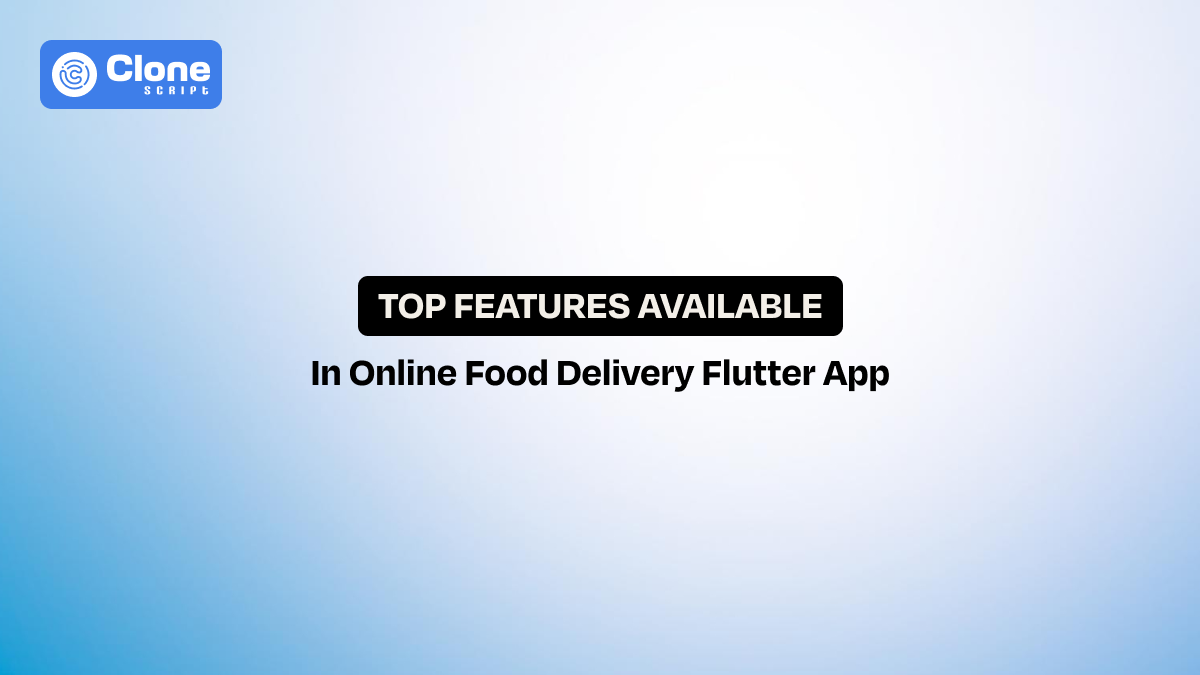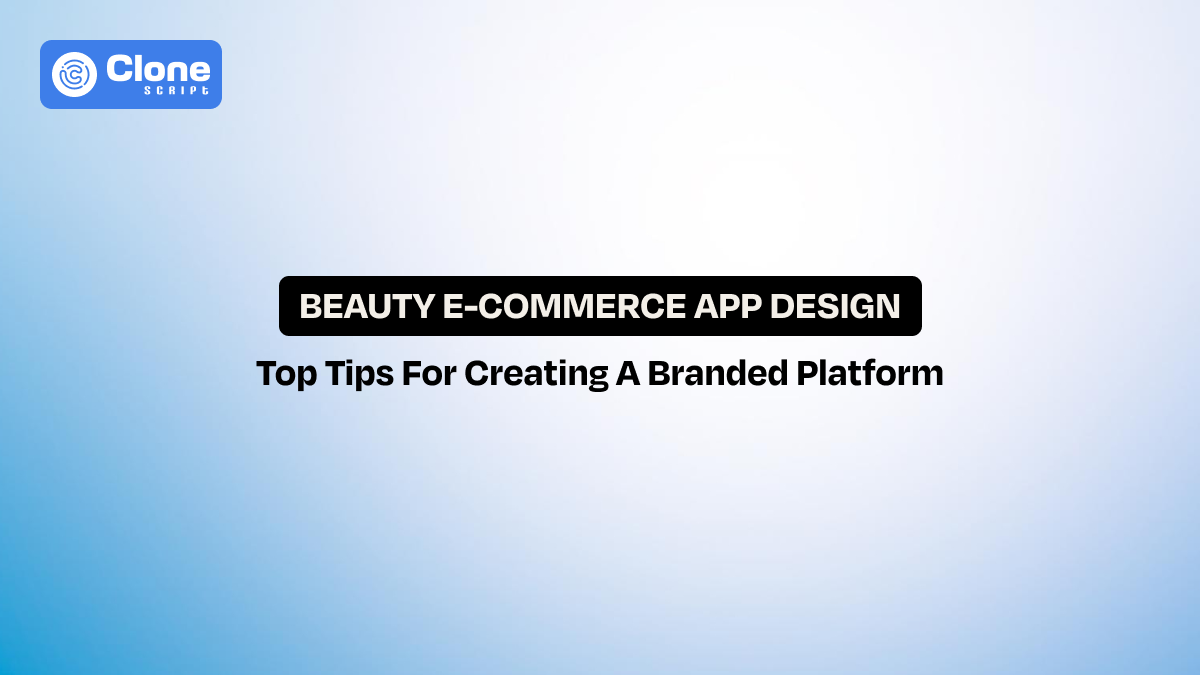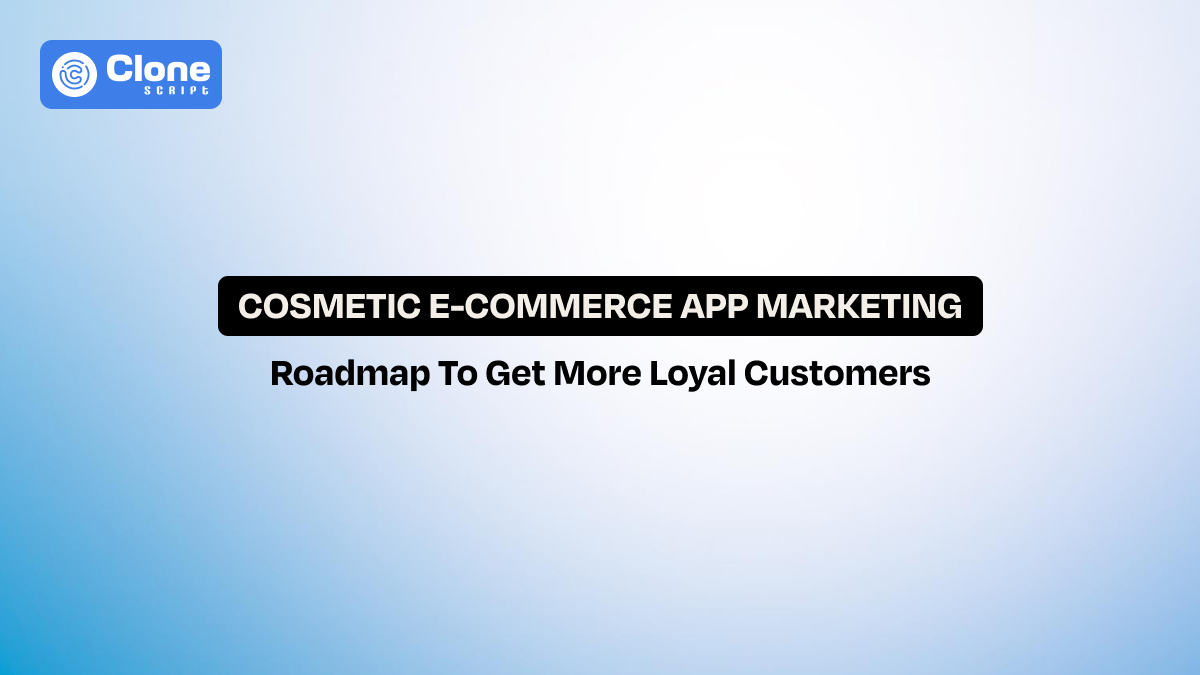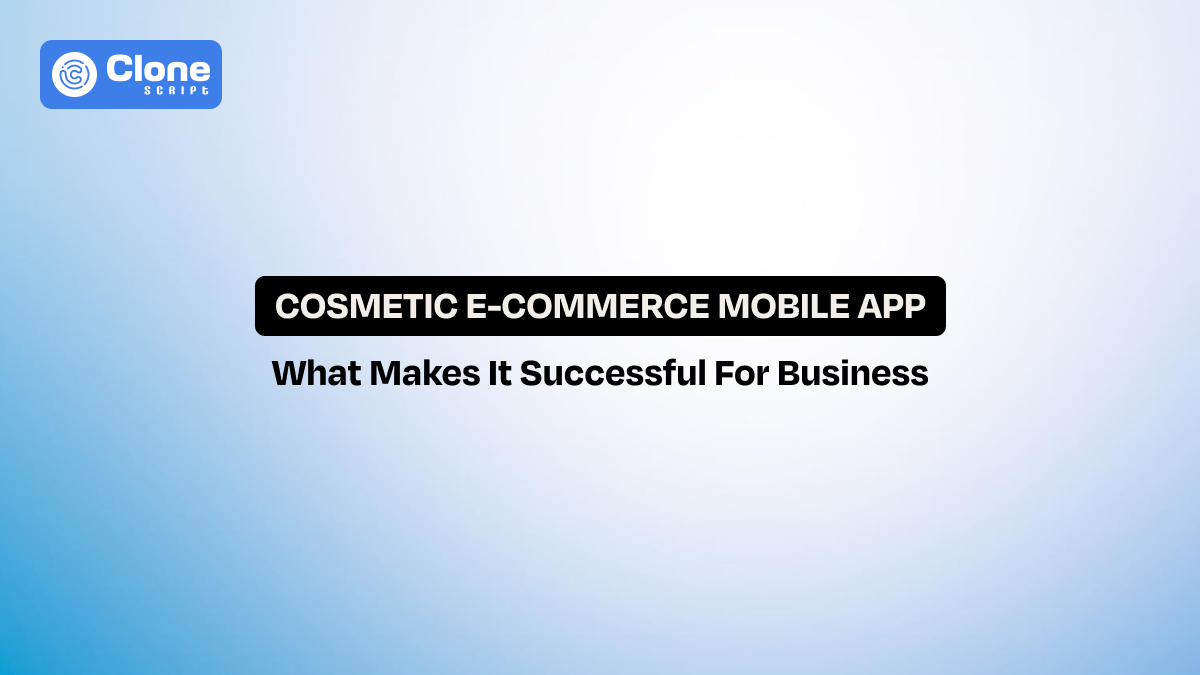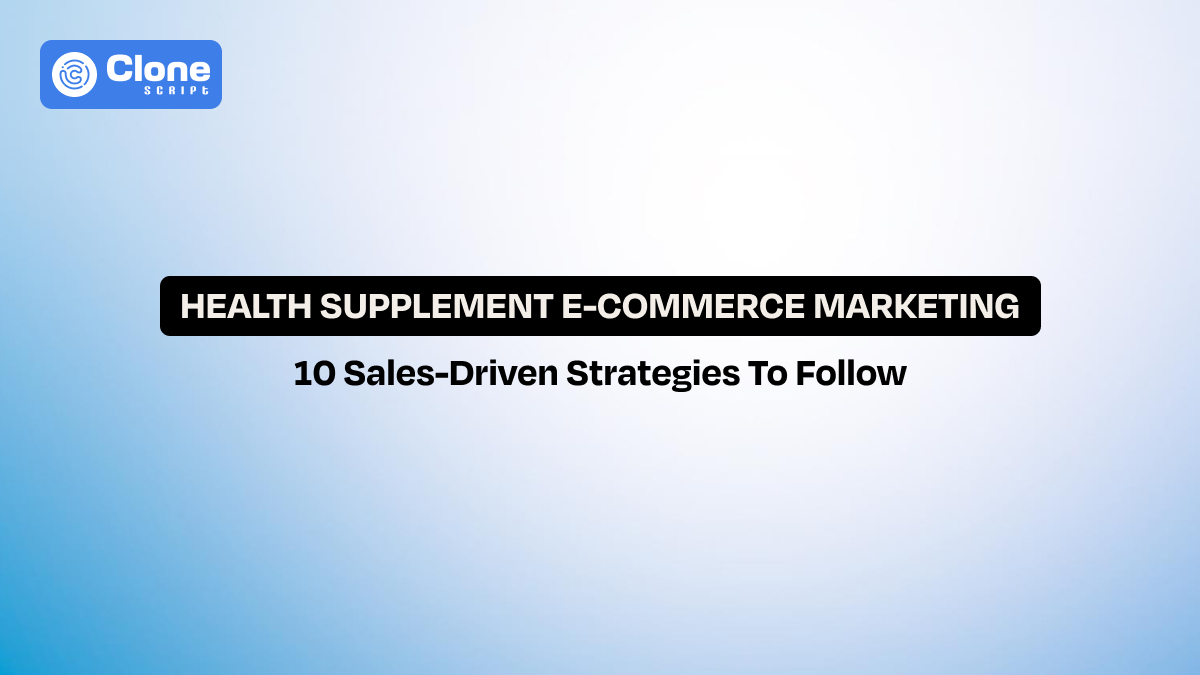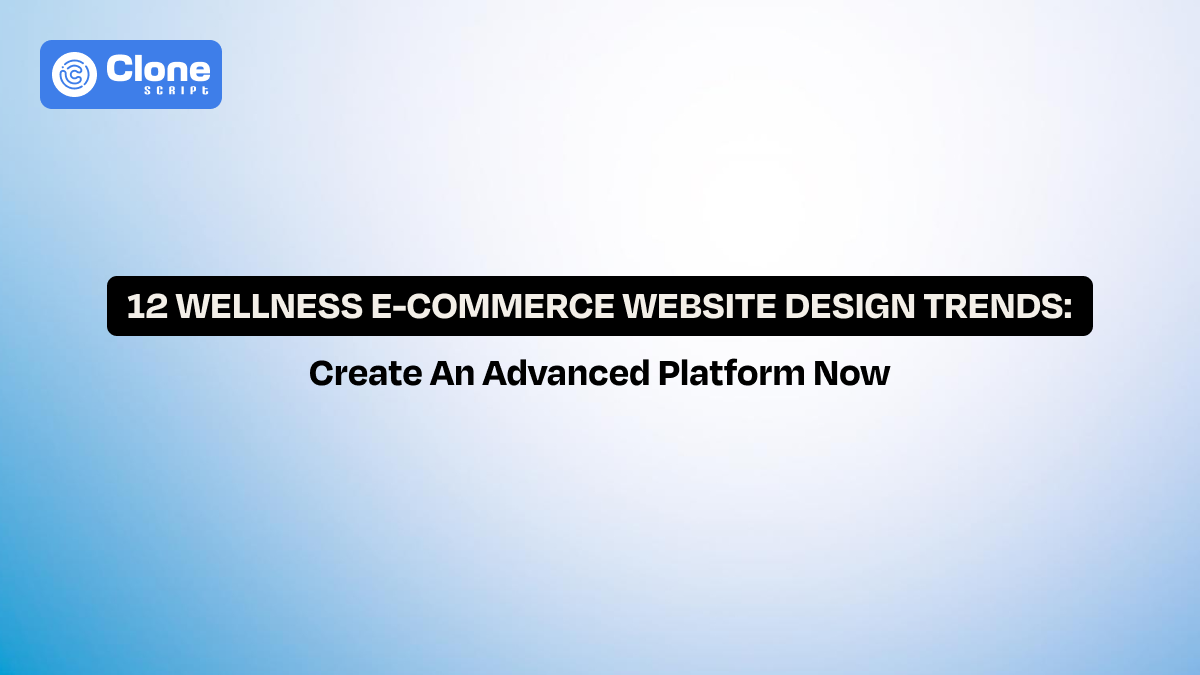Top 8 Features Every Online Food Delivery Flutter App Should Have
When you open Uber Eats, DoorDash, or Swiggy, the experience feels effortless. You browse restaurants, pick a dish, pay at the tap, and then watch your order move closer in real time. Behind that simplicity is a carefully built stack of features working together. These are the features that users now expect from any food delivery app, whether it’s built by a global giant or an indie team.
For developers working with Flutter, this expectation sets the bar high. Flutter gives us speed, cross-platform efficiency, and beautiful UI, but none of that matters if the app misses the basics that make food delivery smooth. The reality is, people don’t compare new apps with “other startups.” They compare them with the leaders they already use daily.
That’s why getting the core features right is non-negotiable. Before worrying about animations or custom branding, the focus has to be on real-time tracking, payments, browsing, notifications, reviews, and dashboards, the key ladders of a successful food delivery app.
In this article, we’ll walk through the top features every online food delivery Flutter app should have, why they matter, and how developers can implement them without overcomplicating their codebase.
Why Features Matter in a Flutter Food Delivery App?
A food delivery app development isn’t just another piece of software. It’s a digital bridge between restaurants, customers, and delivery partners. If one link in the chain fails, the entire experience suffers. For users, a single glitch during checkout or a delayed order update is enough to uninstall the app.
From a developer’s perspective, features are not just “functions.” They determine the architecture of your app, the libraries you pick, and how you handle scaling.
-
Adding a new feature later, like supporting UPI payments or advanced filtering, requires rewriting existing logic if you didn’t plan for it in advance.
That’s why developers need to identify the must-have features for a food delivery app that Flutter builds upfront. These features shape not only user satisfaction but also the maintainability and longevity of your codebase. Get them right, and you’re not just building an app. You’re laying a foundation that can compete with industry giants.
Core Features Every Food Delivery App Needs
Making a full-fledged mobile app for food delivery with security and an advanced solution ensures the following features are available in it:
1. Real-Time Order Tracking
Food delivery is an anxious wait. The moment someone orders, they want clarity: Is it confirmed? When will it arrive? Where is the delivery partner now?
Real-time order tracking is one of the most essential features for a food delivery service because it builds trust. Users feel in control, restaurants reduce support queries, and delivery partners get smoother coordination.
Developer tips:
-
Use Google Maps API or Mapbox for location rendering.
-
Pair it with Firebase Realtime Database or WebSockets for instant updates.
-
Design a modular service so the map provider can be swapped later without touching the UI code.
With Flutter’s reactive UI, you can easily show dynamic updates like “Your food is being prepared” or “Your rider is 2 minutes away.”
2. Multiple Payment Options
Payment flexibility is no longer optional. It’s a deal-breaker. Users expect to pay the way they want: debit cards, wallets, UPI, PayPal, Apple Pay, or even Cash on Delivery.
For developers, the challenge is handling multiple gateways securely while keeping the UI flow simple. Flutter supports payment gateway integrations through libraries like Stripe, Razorpay, and Braintree, but the key is designing a payment abstraction layer.
Developer tips:
-
Don’t hardcode one gateway. Create a payment service manager where each provider is a module.
-
Handle failed transactions gracefully. User should always feel their money is safe.
-
Use secure storage for sensitive tokens, and always follow PCI compliance guidelines.
When done right, payments feel invisible, and that’s the goal.
3. User Profiles & Order History
Returning users are gold in food delivery. The more steps you remove from reordering, the more loyal they become. That’s why user profiles and order history are a core feature in famous food delivery mobile apps.
User profiles should store delivery addresses, payment preferences, favorite orders, and past transactions. Order history allows users to reorder with a single tap, making the app sticky.
Developer tips:
-
Use Firebase Authentication or OAuth for secure login and avoid unauthorized attempts to access the account.
-
Store order details with Firestore or your backend APIs with an enhanced layer of encryption.
-
Cache data locally (SQLite or Hive) for faster reloads according to regions and reduce the bounce rate.
Future-proof it by leaving room for loyalty programs, subscription plans, or referral bonuses. Profiles are not just for orders. They can become a hub for customer engagement.
4. Restaurant & Menu Browsing with Filters
A bad browsing experience is a deal killer. If users can’t find what they want quickly, they leave. Smooth restaurant and menu browsing with advanced filters is one of the most important food delivery app features.
Filters like cuisine, price range, delivery time, distance, and ratings are standard. But you can go deeper: offer “trending dishes,” “popular in your area,” or “chef specials.”
Developer tips:
-
Use ListView.builder with pagination for lighter and optimized performance on mobile.
-
Implement server-side filtering for large datasets of items and allow users to find the best meal to order online.
-
Cache frequent searches locally to make the app feel instant and make it convenient.
Flutter’s UI components make it easy to build a sleek browsing flow. But performance optimization is the secret sauce.
5. Push Notifications & Alerts
Without notifications, a food delivery app feels poor. Users need real-time updates: order confirmation, rider status, or even a reminder that “Your favorite pizza is 20% off tonight.”
Firebase Cloud Messaging (FCM) is the go-to tool for Flutter developers. It supports both transactional notifications (order updates) and promotional campaigns (offers).
Developer tips:
-
Allow notification preferences. Don’t annoy users with irrelevant alerts.
-
Use deep links so tapping a notification takes the user straight to the relevant screen.
-
Segment campaigns: send personalized offers based on order history.
Done right, notifications turn your app from passive to proactive.
6. Ratings, Reviews & Feedback
In food delivery, trust is built through feedback. Customers want to know if a restaurant is reliable, and businesses rely on ratings to maintain quality.
A good order system allows star ratings, comments, and optional photos. It should also give restaurants and admins moderation tools.
Developer tips:
-
Sanitize inputs to prevent abusive content from affecting the overall app rating and encourage customers to maintain standards.
-
Use sentiment analysis APIs if scaling to large volumes. Optimize it through QA & Testing to remove any glitches faced before deployment on App Stores.
-
Build a moderation queue for flagged reviews. If a customer has a bad experience with ordering a meal, prepare a system to check its legibility.
This feature is more than just stars on a screen. It’s a loop that keeps your ecosystem accountable.
7. Admin Dashboard & Analytics
Once the user orders the meal from the app, who gets a notification of it? Admin (restuarant). To help admins track orders in a second and assign a delivery partner to send the order securely to the customer’s doorstep, a dashboard system should be transparent and secure. From there, businesses can measure growth.
A modern admin dashboard should cover:
-
Live order tracking. After getting an order, the system sent a notification to the restaurant and recommended that they prepare the ordered food and hand it off to the delivery partner.
-
Sales reports. To check how much the revenue was last month and what the average order value is, which helps to grow the business.
-
Customer insights. By identifying the preferences of customers, ordering trends during the peak hours and seasons give a clear marketing strategy for acquisition and retention.
-
Delivery partner performance. For making the decision on further improvements for food delivery, clear statistics of partner performance are very important.
Developer tips:
-
Build the dashboard as a separate web app (React, Angular, or Flutter Web).
-
Start with an API-first architecture so the dashboard grows independently.
-
Add analytics hooks early (Google Analytics, Mixpanel, or Firebase Analytics).
This is the control room. Don’t skip it. A secure food delivery mobile application has this kind of feature.
8. Customizable UI & Theming
Every client has unique branding needs. Tomorrow, they might ask for dark mode, seasonal themes, or complete color revamps. If your food delivery app UI design isn’t flexible, you’ll be stuck refactoring.
Flutter makes this simple with ThemeData and modular widget styling.
Developer tips:
-
Store colors, fonts, and sizes in a config file or JSON.
-
Use design tokens so multiple teams can work without conflicts.
-
Plan for light/dark mode switches at the widget level.
This isn’t just design polish. It’s future-proofing your app, branded even if it’s made using the UI design kits.
Why Using a Feature-Rich Flutter App Template Is a Smart Move?
Building every feature from scratch sounds heroic, but it’s rarely efficient. A food delivery Flutter app template gives you a tested foundation.
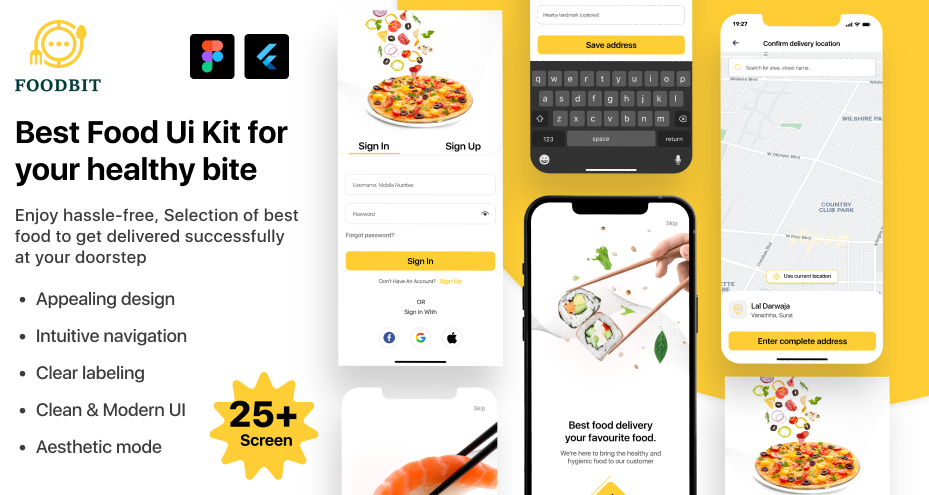
Here’s why smart developers use them:
-
Faster shipping: Templates already cover the food delivery app features list, like payments, notifications, and profiles.
-
Clean architecture: Most quality templates are modular, making them easy to scale.
-
UI polish: Instead of burning time on app interface design, you can focus on logic.
-
Learning: Even seasoned devs pick up best practices by studying well-written Flutter mobile app templates.
A good template isn’t a shortcut. It’s a springboard. You can always customize and expand, but you won’t waste weeks rebuilding basics.
Conclusion
For developers, building a food delivery app with Flutter is about delivering an experience that matches what users already get from leaders like Uber Eats or Swiggy.
The key features every Flutter food delivery app needs, from real-time tracking and payments to admin dashboards and customizable themes, aren’t optional. They’re the foundation of trust and usability.
Whether you’re coding from scratch or starting with a Flutter food delivery app template, focus on these essentials. Use them right, and your app won’t just “work.” It will feel scalable and ready to compete in a market where expectations are sky-high.
FAQs
-
What are the must-have features for a food delivery app?
The features are as real-time tracking, multiple payments, user profiles, restaurant browsing with filters, push notifications, reviews, dashboards, and theming.
-
Why use a Flutter food delivery app template?
It saves development time, clean architecture, and gives you pre-built essentials so you can focus on customization and scaling.
-
How do I implement order tracking in Flutter?
Use Google Maps SDK or Mapbox for visuals, combined with Firebase Realtime Database or WebSockets for live updates.
-
What payment methods should be supported in a food delivery app?
Cards, wallets, UPI, PayPal, Google Pay, Apple Pay, and Cash on Delivery are standard options for online payments in a food delivery app. Build it modular for future gateways.
-
Can a Flutter food delivery app scale for enterprise use?
Yes, when paired with a strong backend (Node.js, Django, Firebase), modular code, and analytics, a Flutter app can handle enterprise-level traffic.
 BTC - Bitcoin
BTC - Bitcoin
 USDTERC20 - USDT ERC20
USDTERC20 - USDT ERC20
 ETH - Ethereum
ETH - Ethereum
 BNB - Binance
BNB - Binance
 BCH - Bitcoin Cash
BCH - Bitcoin Cash
 DOGE - Dogecoin
DOGE - Dogecoin
 TRX - TRON
TRX - TRON
 USDTTRC20 - USD TRC20
USDTTRC20 - USD TRC20
 LTC - LiteCoin
LTC - LiteCoin

